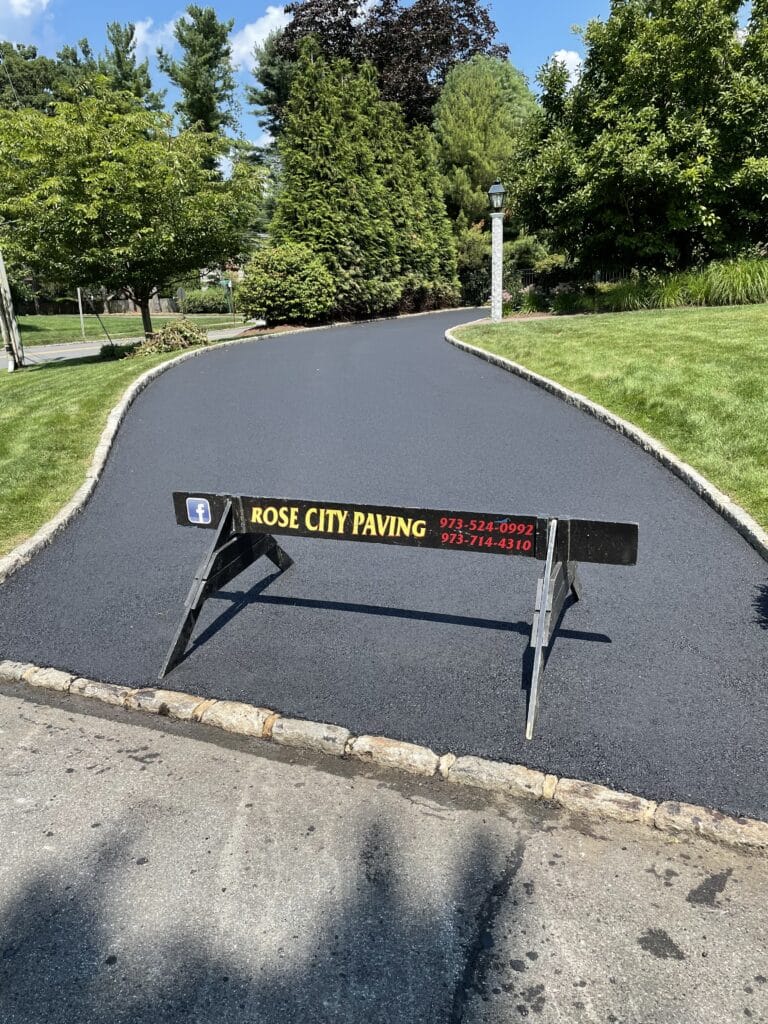Raise Commercial Charm: Hot Mix Asphalt Sealing for Angled Parking Lots
Raise Commercial Charm: Hot Mix Asphalt Sealing for Angled Parking Lots
Blog Article
Warm Mix Asphalt: A Lasting Service for Pavement
Warm Mix Asphalt (HMA) has actually emerged as a leading lasting choice for pavement solutions, offering a myriad of environmental benefits and cutting-edge innovations. As the need for green building methods expands, exploring the subtleties of HMA's sustainability can give beneficial understandings right into the future of sidewalk options.
Environmental Advantages of Warm Mix Asphalt

In Addition, Warm Mix Asphalt aids to alleviate city warm island results. Its dark color absorbs sunlight, decreasing the quantity of heat mirrored back into the atmosphere contrasted to lighter-colored pavements. This can reduce ambient temperatures in urban locations, decreasing the need for cooling and inevitably lowering power intake.
Furthermore, Hot Mix Asphalt adds to boosted stormwater administration. Its permeable nature enables water to penetrate the sidewalk and recharge groundwater supplies, decreasing overflow and the threat of flooding. These environmental benefits make Warm Mix Asphalt a sustainable option for leading freeways and roadways.
Power Efficiency in HMA Manufacturing
Is energy effectiveness an important element in the production of Warm Mix Asphalt (HMA)? Energy plays a significant role in the production of HMA, influencing both price and environmental sustainability. One essential aspect of energy effectiveness in HMA manufacturing is the use of cozy mix asphalt (WMA) technologies.
Moreover, innovations in plant modern technologies have actually led to more energy-efficient HMA manufacturing procedures. By maximizing power usage in HMA production, the sector can minimize its carbon impact while maintaining premium pavement materials.
Recyclability of Hot Mix Asphalt
The recyclability of Hot Mix Asphalt (HMA) is a pivotal element of its sustainability and long-term ecological effect. HMA is just one of the most recycled products in the United States, with over 100 million lots of reclaimed asphalt sidewalk (RAP) being recycled each year in brand-new sidewalk building and construction. Reusing HMA supplies numerous environmental advantages, such as lowering the requirement for virgin materials, decreasing energy intake throughout production, and decreasing the quantity of waste sent out to landfills.
The process of reusing HMA includes grating the existing pavement, squashing it right into smaller items, and blending it with new aggregate and asphalt binder to develop a recycled mix. Generally, the recyclability of HMA plays a substantial duty in advertising sustainable techniques within the pavement sector.

Long-Term Efficiency of HMA
Asphalt pavements show resilience and strength over an extended period, showing the long-term performance of Hot Mix Asphalt (HMA) Additionally, developments in HMA technology, such as the usage of polymer-modified binders and warm mix asphalt, have better boosted the resilience and durability of HMA sidewalks. By prioritizing quality building and hot mix asphalt construction and upkeep techniques, HMA proceeds to confirm itself as a economical and sustainable option for durable sidewalk facilities.

HMA: Longevity and Sustainability
Demonstrating both longevity and sustainability, Hot Mix Asphalt (HMA) has come to be a foundation in the building and construction of lasting sidewalk facilities - regrading. HMA's durability originates from its ability to withstand hefty tons, severe weather, and high website traffic quantities, making it a reputable choice for roadways, freeways, and airport terminal paths. The structure of HMA, which generally consists of accumulations, binder, and filler, plays a vital function in enhancing its longevity and resistance to deterioration
Furthermore, HMA's sustainability hinges on its recyclability and energy-efficient manufacturing procedure. The capability to recycle reclaimed asphalt sidewalk (RAP) in brand-new HMA mixtures minimizes the need for virgin products and lessens the ecological effect of pavement building and upkeep. Furthermore, the power efficiency of producing HMA depends on its lower blending temperature levels compared to various other pavement products, causing minimized power intake and greenhouse gas exhausts.
Final Thought
Finally, warm mix asphalt (HMA) provides a sustainable remedy for sidewalk with its eco-friendly attributes. HMA's recyclability, power performance in production, and long-lasting resilience make it an eco-friendly option for road construction. By saving natural deposits, reducing waste, and reducing greenhouse gas discharges, HMA plays an essential role in advertising sustainability in facilities advancement. Its ability to reduce city warm island results additionally highlights its importance in developing resistant and eco aware sidewalk systems.
HMA is one of the most recycled materials in the United States, with over 100 million tons of reclaimed asphalt pavement (RAP) being recycled annually in brand-new sidewalk building and construction.The process of reusing HMA includes milling the existing sidewalk, crushing it into smaller pieces, and mixing it with brand-new aggregate and asphalt binder to produce a recycled mix.Asphalt pavements demonstrate resilience and durability over an extended period, mirroring the long-lasting efficiency of Warm Mix Asphalt (HMA) Furthermore, innovations in HMA modern technology, such as the usage of polymer-modified binders and cozy mix asphalt, have actually better enhanced the longevity and durability of HMA pavements. The capacity to reuse reclaimed asphalt sidewalk (RAP) in new HMA blends decreases the need for virgin materials and decreases the ecological effect of sidewalk building and maintenance.
Report this page